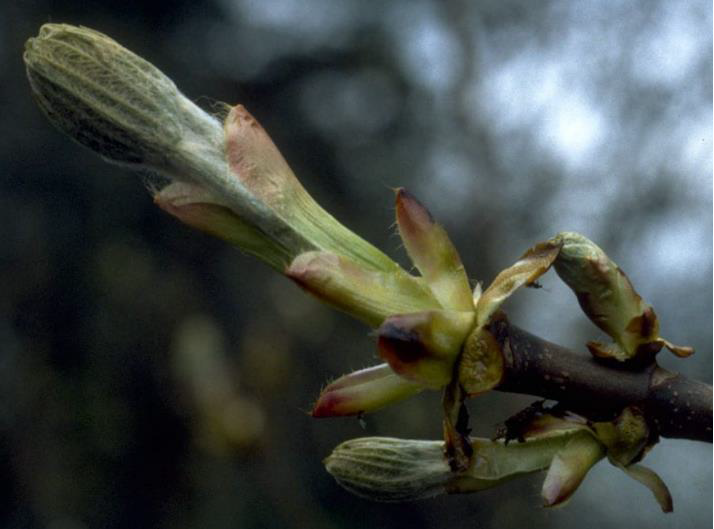

| Shadow tendency | Wholeness |
|---|---|
| Tends to repeat the same mistake again and again | Mentally flexible |
| Due to their experiences not being really digested and not enough is learned | Good learner |
| Seems very slow to learn from life | Follows life’s events with attention |
| Doesn’t learn from experience | Gain experience through the past and us able to make decisions by reflecting on them |
| Difficult to make interim assessments of a situation | Learns from their mistakes |
| No progress or development | Gets the best out of what daily life has to give |
| Utterly self-willed | Able to correct oneself and help others do so by observing |
| Attempts to forget unpleasant experiences quickly | Pays attention to what is not good for them so that they can avoid it |
| Naïve | Keenly observant |
| Awkward | Wise and knowledgeable |
| Inattentive | Watches and learns from others |
| Rushes into new ventures without reflecting on past experiences | Helps move out of the loop and move forward in life |
| Slow learners | Assimilate lessons learned |
| Mental blocks | Aware and vigilant |
| Retarded development | |
| Lack of focus | |
| Doesn’t recognise challenges | |
| No clue of where to begin correcting their mistakes | |
| Does the same thing regardless of the same negative consequence | |
| Filled with regret and remorse when repeating the same mistake in many different occasions | |
| May be impatient and think ahead of the future |
Origin and Specification of the Plant
Kingdom: Plantae
Family: Sapindaceae
Genus: Aesculus
Species: A.hippocastanum
Origin: Balkan
Flower shade: White
Other names: Horse chestnut
Elements/Chemicals contained by the plant:
Foliage: Deciduous
Height: 40m
Description: The bark is smooth and pinky-grey when young, which darkens and develops scaly plates with age. Twigs are hairless and stout; buds are oval, dark red, shiny and sticky.
Budding season: Spring
Qualities and preferences: The tree prefers full sunlight but can also grow in semi-shade or no shade. It can grow in a variety of soil types and prefers well-drained soil that can be acidic, neutral. The tree prefers dry or moist soil.
Areas of Growth: parks, gardens, streets and on village greens
The Chestnut Bud on the Horse chestnut tree has a fascinating etymology that is worthy of exploration. The word "chestnut" comes from the Old French word "chastaigne" which means "edible nut". This is because the Chestnut Bud produces the fruit that contains the seeds, which are edible and have been a food source for humans for thousands of years. The word "bud" comes from the Old English word "budda" which means "a swelling". This refers to the swollen, protective outer layer that surrounds the Chestnut Bud as it grows and develops. The bud is essential for the growth and survival of the tree, as it protects the emerging leaves from damage and helps to regulate their growth. The scientific name for the Horse chestnut tree is Aesculus hippocastanum. The genus name, Aesculus, comes from the Latin word "aesculus" which means "oak tree". This is because the leaves of the Horse chestnut tree are similar in shape to those of an oak tree. The species name, hippocastanum, comes from the Greek words "hippo" which means "horse" and "castanon" which means "chestnut". This refers to the fact that the Chestnut Bud was traditionally used as a food source for horses
This bud is unique and plays a crucial role in the growth and survival of the tree. The Horse chestnut tree is a large deciduous tree that boasts of beautiful leaves and a unique flower structure. The Chestnut Bud is responsible for the growth of new leaves, and it also plays a part in the reproduction process of the tree. The Chestnut Bud is an essential part of the Horse chestnut tree's life cycle. When spring arrives, the buds begin to grow, and the leaves start to appear. The buds are protected by a hard outer shell that helps to protect them from the elements. As the buds grow, they begin to push outwards, and the shell starts to crack. Eventually, the bud will burst open, and the new leaves will start to emerge. The Chestnut Bud is crucial for the reproduction process of the Horse chestnut tree. The tree produces a unique flower structure that consists of five petals, each with a distinctive colour. The Chestnut Bud plays a part in the formation of the flower, and it also helps to produce the fruit that contains the seeds.
Specification of remedy
Emotional Group: Insufficient interest in present circumstances
Emotional Response: Unable to learn mistakes
Method of extraction: Boiling
Chestnut Bud relates to the soul potentials of learning capacity and of materialization. In the Chestnut Bud state, it is as if you are literally stuck like the sticky bud: the potential to blossom is there, but the bud remains closed tightly. Chestnut Bud is remedy is for those who repeat the same mistakes due to not learning from their past experience.
The Chestnut Bud and White Chestnut are Bach remedies from the same tree of Horse Chestnut. The Chestnut Bud remedy is taken from the buds of the white chestnut flower that blooms on the Horse chestnut tree.




The images above show the Chestnut Bud in a zoomed-in aspect.